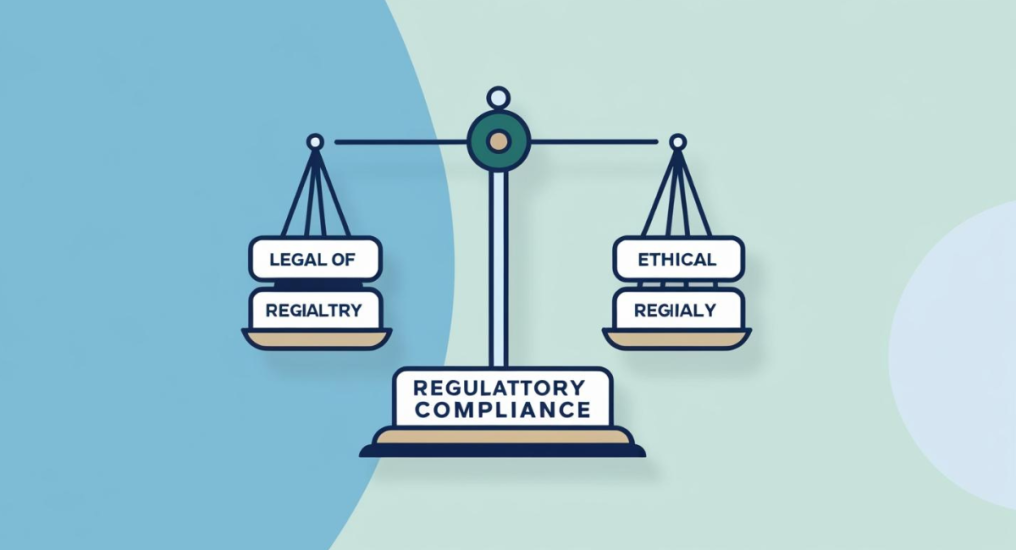By Elyce Schweitzer, Esq., Regulatory Compliance Officer, Alliant National; andValerie J. Grandin, Esq., Sr. Underwriting Counsel Florida and Vice President, Alliant National Here’s a riddle for the title insurance and real estate industries: what does Dolly Parton’s song, “Here You Come Again” have to do with FinCEN, its Geographic Targeting Orders (GTOs), and its Final Real Estate Report Rule (Final …
Deepfake Dangers Part 2: How AI Is Fighting the Fraudsters
Deepfakes are a serious threat to our industry; but AI can help us fight back. In my last blog article, I discussed how deepfake fraud is a growing threat in the real estate industry and what you can do to combat it in your workplace. This time, I thought it would be helpful to take a deeper dive into some of …
Deepfake Dangers: How AI Trickery Is Targeting Real Estate Transactions
From Sci-Fi to Real Life: The Evolution of Deepfake Technology Once upon a time, the idea of digitally swapping faces or creating hyper-realistic videos of people saying things they never actually said was confined to Hollywood blockbusters. Think of movies where actors were digitally de-aged or deceased celebrities made surprising cameos. However, in 2017, a new term hit the internet: …
Meet The Top Five Seller Impersonation Personas
From eager beavers to phantom fraudsters, here are the tricks you need to watch out for. The world of title insurance is full of highs and lows. On the positive side, title agents often get to help aspiring buyers achieve their dream of home ownership. On the other hand, doing this work, and doing it well, means having to stay …
FinCEN’s Final Anti-Money Laundering Rule For Real Estate Reporting
The buzz is in the air with more questions than answers. FinCEN published its Final Anti-Money Laundering Regulations for Residential Real Estate Transfers on August 28, 2024 (“Final Rule”), throwing the entire real estate industry into a state of high anxiety. What does it all mean? How do we meet its requirements? Will the expense of compliance be a financial …
BEC Fraud Nears $3B Mark In 2023 In Latest IC3 Report
Calling cybersecurity “the ultimate team sport,” the FBI’s Internet Crime Complaint Center (IC3) emphasized its ongoing commitment to working with local law enforcement and private industry to combat evolving cyber threats in the U.S. in its recent 2023 Internet Crime Report. The report, released in March, highlighted investment fraud and business email compromise (BEC) fraud as the two most expensive fraud …
Beyond GTOs: FinCEN Proposes Expansion Of Industry Reporting Requirements
The U.S. Department of the Treasury’s Financial Crimes Enforcement Network (FinCEN) issued a Notice of Proposed Rulemaking (NPRM) on Feb. 7 to expand its efforts on a permanent basis to combat and deter money laundering through the residential real estate sector. According to the FinCEN announcement, the proposed rule would require professionals involved in real estate closings and settlements to report information …
Alliant National Meets Rigorous SSAE 18 Type II Standards for the 7th Consecutive Year
Alliant National Title Insurance Company’s Agent Quality Management System Passes Service Organization Control Exam. Longmont, Colo. – (March 23, 2021) – Alliant National Title Insurance Company, a unique title insurance underwriter that partners with independent agents to improve their competitive position in the marketplace, announces the successful completion of the Service Organization Control (SOC) 1 SSAE 18 Type II examination for …









